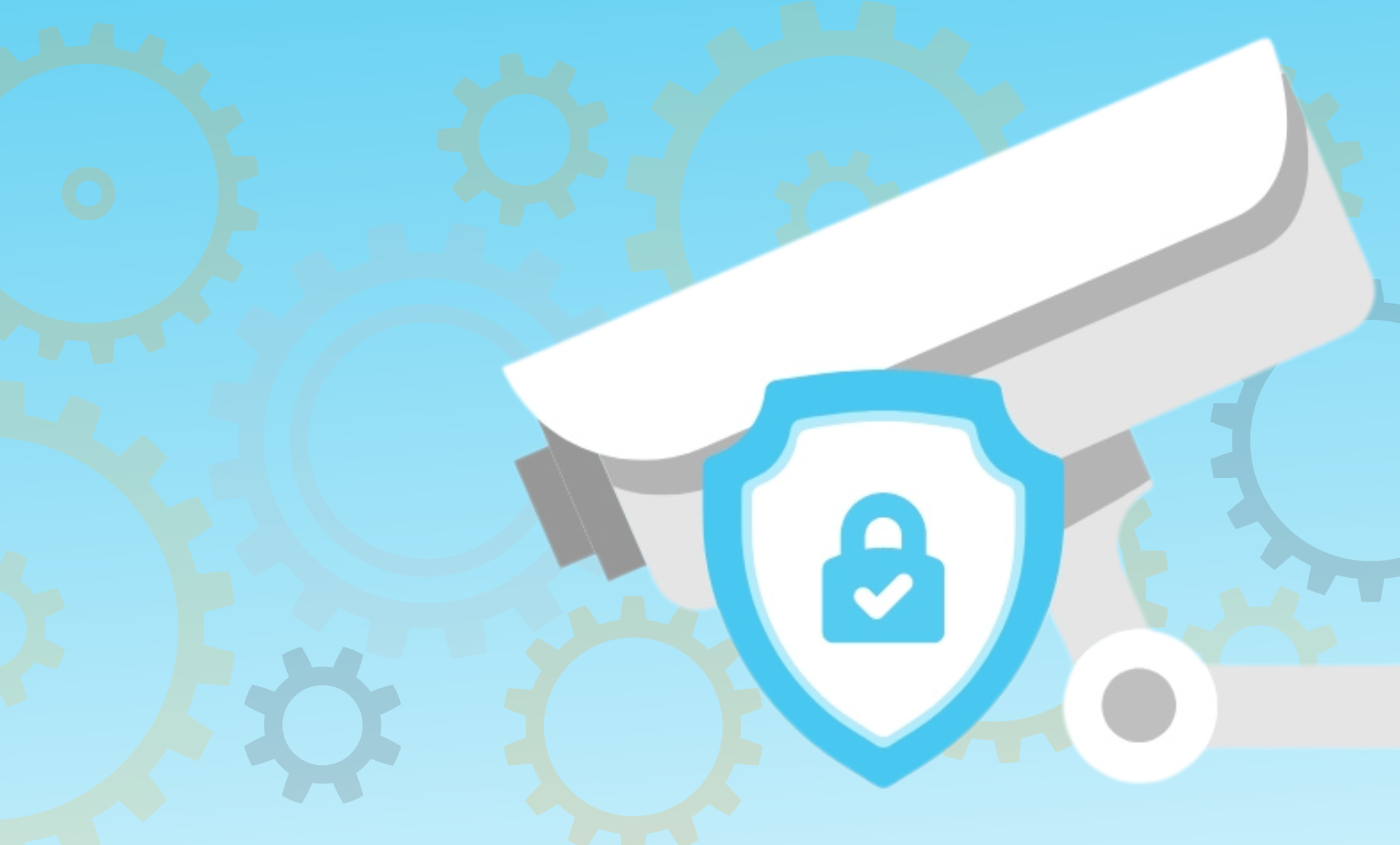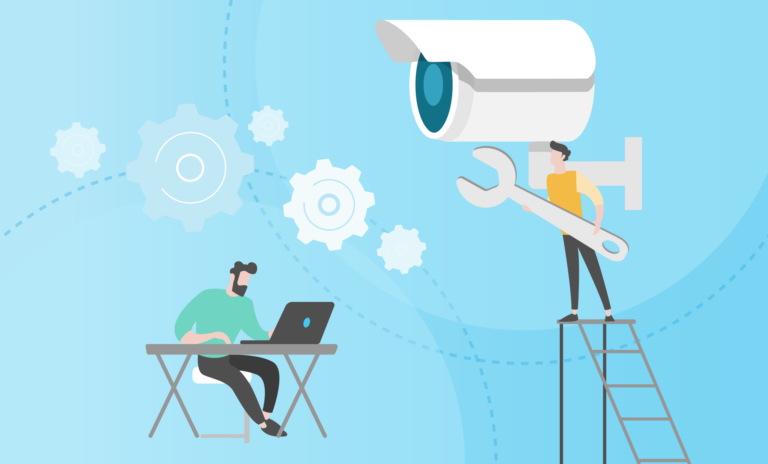
Today’s organizations understand the importance of adopting cutting-edge physical security technologies and are investing accordingly—a trend that is unlikely to stop in the foreseeable future. However, to enjoy the full benefit of their high-tech security devices, these organizations need to monitor and maintain them.
The problem is that it’s extremely common for organizations to rely heavily on connected physical security devices without managing them adequately. That reality risks exposing these organizations to serious physical, cyber, legal, and financial risks.
With that in mind, this post will examine how widely organizations expect to invest in physical security technology going forward and why managing that tech properly is so crucial. It will also explore what’s at stake when physical security devices do not receive the necessary monitoring and maintenance. Finally, this post will explain what it takes to ensure your organization stays safe and enjoys the full benefit of its investment in physical security technology.
Organizations widely expect to invest in physical security technology.
It should come as no surprise that typical organizations are broadly planning to increase their investments in physical security technology. Still, a 2023 report sheds valuable light on just how widespread that trend is. Based on a survey of 1,775 chief security officers (CSOs) from large global companies across 30 countries, the World Security Report 2023, commissioned by Allied Universal and G4S, offers insight into how CSOs see the intersection between technology and physical security.
That report found that 98% of CSOs planned to invest in technology to improve their physical security operations in the following five years, and 55% of respondents cited the introduction of new technology as a budget priority for their company over the following 12 months – more than for any other type of investment.
Providing context for these findings, the report stated that 83% of respondents said they expected to see an increase in physical security threats in the following 12 months, while 90% agreed that “technology improves the overall effectiveness of security operations, enabling security staff to be more productive and efficient.”
Importantly, the report also found that the two factors most commonly cited as “barriers to implementing security technology” are both financial: the cost of implementing this technology (41%) and the cost of its maintenance (40%).
The problem: A lack of maintenance and monitoring
As this report reflects, investments in physical security tech are expected to continue increasing, in part because organizations worry about the physical safety of their people and property.
So, when their physical security devices can’t be counted on to work consistently (and securely), that’s a big and dangerous problem.
Physical security devices that are not monitored around the clock are at risk of having extended, undetected downtime. That danger is heightened when those devices don’t receive the routine maintenance that they need. For example, if a physical security incident occurs while a camera is down, that downtime could leave the organization without critical security footage – as in the case of the 2022 shooting attack in a Brooklyn subway station.
No less alarmingly, inadequately managed physical security devices also present cybersecurity risks. When devices are not hardened properly and maintained regularly, they become more vulnerable to hackers and cybercriminals. And without monitoring for anomalies in device performance that could indicate that a physical security device has been targeted, organizations lack the information they need to stay safe from cyber threats. That’s especially concerning as cyber risks continue to grow, with the average data breach in the U.S. now costing $9.48 million, according to IBM’s Cost of a Data Breach 2023 report.
In addition, organizations that don’t properly manage their physical security devices are at risk of non-compliance with both legal requirements and their own internal (IT) policies and standards – as well as overspending. Whenever those devices are vulnerable to physical and cyber threats, their owners risk the potential legal and financial fallout from a serious security incident. Even when these organizations do take steps to protect themselves from such worst-case scenarios, they often rely on expensive, inefficient, manual work – much of it performed on-site by third-party technicians and systems integrators.
What it takes to protect your investment in physical security tech
To address this problem effectively, first it’s important to understand why it’s so common for organizations to buy physical security technology but leave it inadequately managed. The answer to that question lies largely in what a massive and seemingly impossible task it can become to consistently and appropriately manage an entire fleet of physical security devices.
Not only do many organizations have huge (and growing) fleets of connected physical security devices, but these devices are often varied – including a range of device types made by different manufacturers, produced at different times, running different firmware, and deployed throughout large areas (and often spread across numerous sites). Consider the complexity of a typical physical security ecosystem and the amount of manual work involved in monitoring and maintaining all of those devices, and it’s not hard to imagine how this task could quickly become too expensive and time-consuming to be feasible.
In this challenging situation, automating routine maintenance processes (such as firmware upgrades and password rotations) can help you make protecting your physical security devices an achievable goal. In addition, robust automated and remote capabilities can help you minimize downtime by addressing technical issues when they arise – while also saving valuable work time (and money). In fact, having the ability to restart devices remotely can help you avoid the need for roughly 70% of truck rolls related to technical problems affecting physical security devices.
Comprehensively monitoring your physical security devices and the surrounding ecosystem can also help you to protect your organization – not only in terms of physical security, but also in terms of cybersecurity and compliance. When downtime occurs, rapidly finding out can help you to respond promptly, and thereby maximize your devices’ availability (uptime). Similarly, finding out quickly when a device is targeted by hackers can help you protect your organization from cyber threats.
Taken together, those capabilities can go a long way toward helping your organization manage its physical security devices in an enterprise-ready way. By combining them with a collaborative approach to managing physical security devices, you can empower your organization to ensure that its connected physical security devices run properly, consistently, and securely. Not only will this help you protect your critically important investment in physical security technology, but it will also help you do so efficiently and cost-effectively.
Watch this joint webinar with Hanwha for more on How to Maximize Your Security Investments by Automating Device Management.




